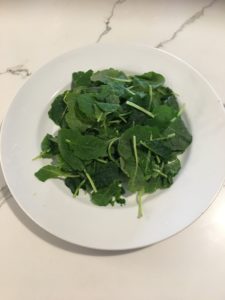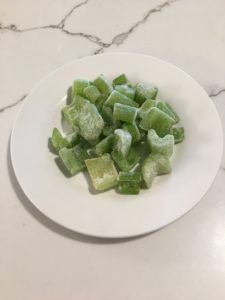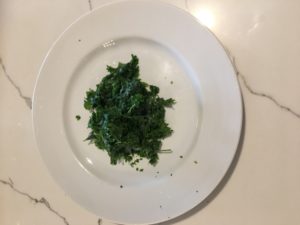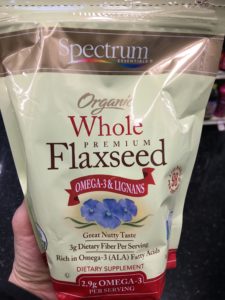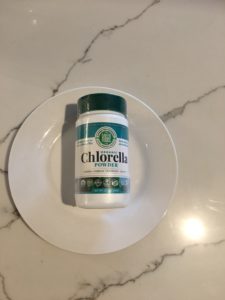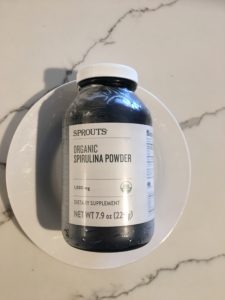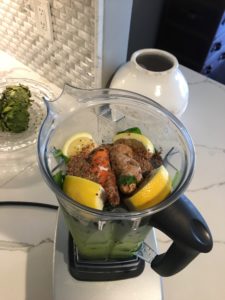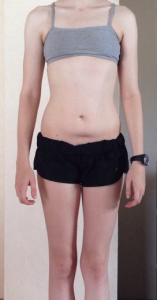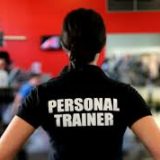
Struggling to lose those last few pounds can be frustrating and disheartening. Many people find themselves stuck, despite their best efforts in diet and exercise. If you’re facing this challenge, here are effective strategies to help you break through the plateau and shed that stubborn weight.
1. Assess Your Diet:
- Track Your Intake: Sometimes, we underestimate our calorie consumption. Use a food diary or app to track everything you eat for a week. This can help identify hidden calories and areas for improvement. I think this is the single most important aspect to successful weight loss! I like to use an App. called MyFitnessPal.
- Prioritize Whole Foods: Focus on whole, unprocessed foods. Fruits, vegetables, lean proteins, and whole grains not only provide essential nutrients but also help keep you full longer.
- Mind Your Portions: Be mindful of portion sizes. Even healthy foods can contribute to weight gain if eaten in excess.
2. Revamp Your Exercise Routine:
- Incorporate Strength Training: Muscle burns more calories at rest than fat does. Aim for strength training at least two to three times a week to build lean muscle mass.
- Add Variety: If you’re always doing the same workout, your body can adapt, leading to a weight loss plateau. Try mixing in different types of cardio, strength exercises, or classes like yoga or Pilates.
- High-Intensity Interval Training (HIIT): This training style alternates between short bursts of intense exercise and rest or lower-intensity exercise. It can be a great way to burn calories in a shorter amount of time.
3. Focus on Sleep and Stress Management:
- Prioritize Sleep: Lack of sleep can lead to hormonal imbalances that increase hunger and cravings. Aim for 7-9 hours of quality sleep per night to support your weight loss efforts.
- Manage Stress: Chronic stress can lead to overeating and weight gain. Incorporate stress-relief practices such as meditation, deep breathing, or regular physical activity to help manage stress levels.
4. Stay Hydrated:
- Drink Plenty of Water: Sometimes, our bodies confuse thirst with hunger. Staying well-hydrated can help control cravings and improve overall metabolic function. Aim for at least eight 8-ounce glasses of water a day, or more if you’re active.
5. Monitor Your Progress:
- Set Realistic Goals: Aim for gradual weight loss (1-2 pounds per week) rather than drastic changes. Set short-term goals to keep you motivated.
- Track Your Progress: Keep track of your weight and measurements, but also consider non-scale victories, such as improved fitness levels or how your clothes fit. You can track your progress using my calculators. Just go to my website and click on the “CALCULATORS” tab. Another great way to determine your body fat is using calipers. There are websites out there that show you how to do that but I like this one the best. LINEAR.
6. Consult a Professional:
- Seek Guidance: If you’re feeling stuck, consider consulting a registered dietitian or a certified personal trainer. They can provide personalized advice and help you create a plan that fits your lifestyle. A Personal Trainer or nutrition coach is always a big help.
- Consider Medical Factors: Sometimes, underlying medical conditions (like hormonal imbalances or metabolic issues) can hinder weight loss. If you’ve tried everything and still can’t lose weight, consult a healthcare professional for advice.
7. Preparation: (This is often the biggest reason for failure)
- Prepare Meals: Plan and prepare meals for at least three days in advance.
- Be Ready for Challenges: Anticipate situations that may challenge your eating habits.
- Avoid Triggers: Stay away from triggers that make you feel hungry.
It should also be noted:
If you have been trying all the above recommendations to no avail, it might be a good idea to have a blood test to access your thyroid function or other hormone related issues. Another thing may be to get a good comprehensive stool test, to assess your gut microbiome and or intestinal health. There are several out there but the ones I like are GI Maps by Diagnostic Solutions and GI 360 by Doctors Data.
Conclusion
Losing stubborn weight requires a holistic approach that combines diet, exercise, sleep, and stress management. By assessing your current habits and making targeted adjustments, you can break through weight loss plateaus and achieve your goals. Remember, consistency and patience are key—every small change can lead to significant results over time. Stay focused, and don’t hesitate to seek support when needed. You’ve got this!
It’s essential to remember the famous saying by the late Jack LaLanne: “Exercise is king, and diet is queen; together they create a kingdom.” While this holds true for overall health and longevity, when it comes to weight loss, diet takes the crown!
Optimize Your body with Personal Training:
Ready to enhance your training programs with grip strength exercises? Contact us today to schedule a consultation with John Turk, San Diego’s top personal trainer for aging professionals wanting to get their body back. Whatever your fitness goals are, we’ll create a customized plan that works for you.
Call 858-877-1370
Visit us at www.PersonalTrainerSanDiego.com to Get Started








